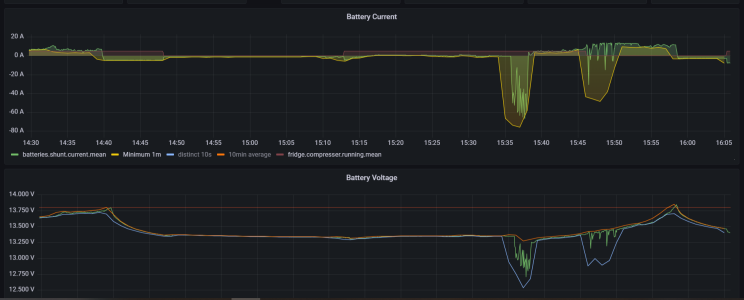migs
Active member
"That relay looks interesting. I cannot find any quiescent current on the datasheets so I assume its near zero."
Here's an explanation for non electronic geeks: a bistable (or latching) relay's contacts are held either open or closed by strong magnets. The contacts are flipped from one state to another by a short duration electromagnetic pulse provided by either one or two coils (I could explain about this further on request...). So, apart from the short (say 100ms) current pulse to change the relay's state, these relays consume no power at all.
Here's an explanation for non electronic geeks: a bistable (or latching) relay's contacts are held either open or closed by strong magnets. The contacts are flipped from one state to another by a short duration electromagnetic pulse provided by either one or two coils (I could explain about this further on request...). So, apart from the short (say 100ms) current pulse to change the relay's state, these relays consume no power at all.

